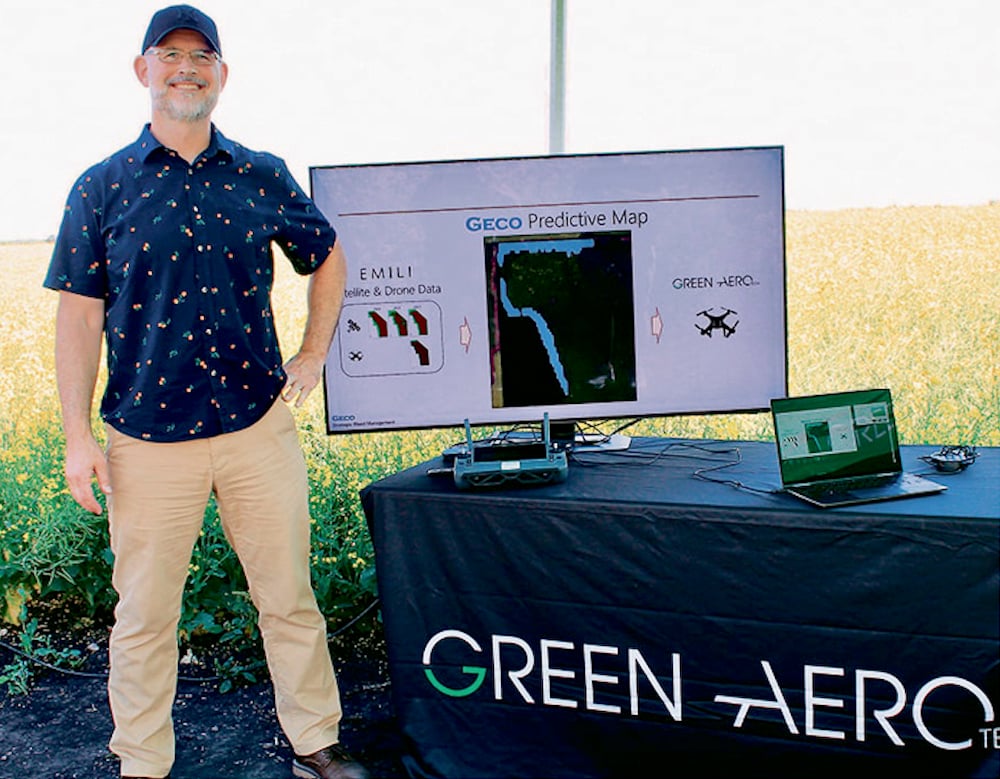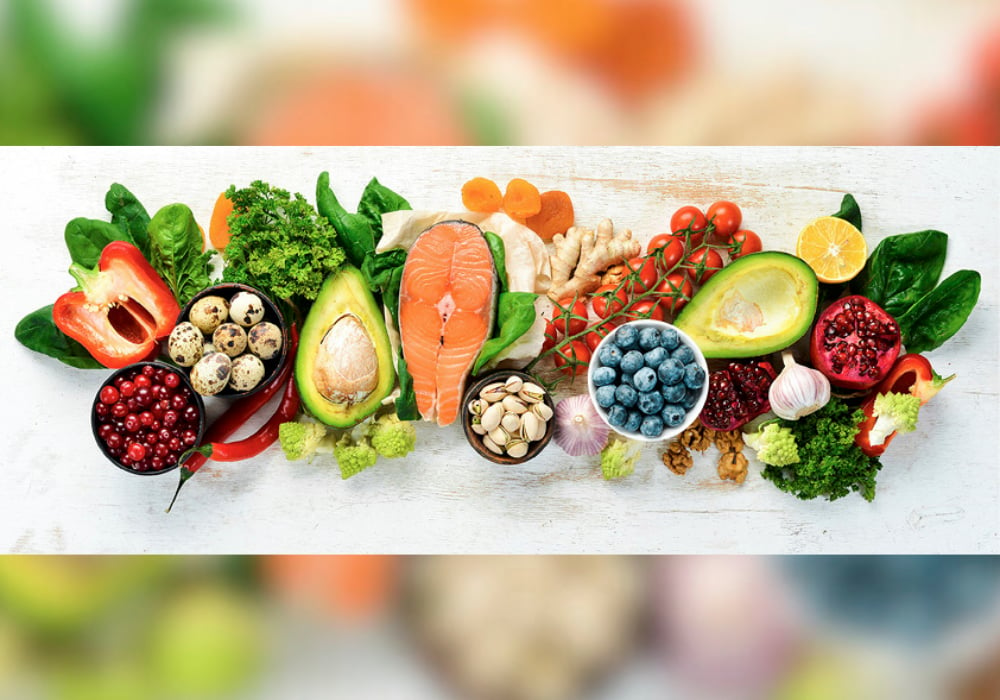Smart system can predict where weeds will grow

Keeping weeds under control is a seemingly never-ending chore for farmers, requiring consistent investments of time and money.
Read Also

Power bowls. Foods that fuel farmers
Summer is go-time for farmers and power bowls are a great way to fuel your busy days while also having…
But what if there was a tool that could predict where weeds will grow, allowing growers to take precise action before they ever emerge from the ground?
Why it matters: Farmers are continually looking for alternative yet economical ways to control weeds.
That’s the vision of Dr. Greg Stewart, founder and CEO of Geco Agriculture. He’s brought a predictive, artificial intelligence-driven solution to market that gives farmers the power to manage weeds strategically.
Geco uses existing field imagery and crop data to predict where weeds will emerge in the coming season and then generates a standard prescription map that lets the grower apply targeted control in what are expected to be “weed hotspots” instead of using an expensive blanket application over the entire field.
“This requires no new equipment or new practices and our turnaround time for a new farm can happen within a day,” explains Stewart, who is based in British Columbia. “We are capable of getting 85 to 95 per cent of the weeds.”
The work begins with pulling a field’s historical data going back five years, which the Geco team then uses to build a map of where weeds were growing in each year. This both helps predict where weeds are expected to emerge in the coming year as well as show where the underground seedbank can compete with the crop at different times of the growing season.
This information is then turned into a spray prescription map for growers.
“If you’re only hitting the hot spots in a field instead of a blanket application, it drops your per acre cost and immediately gets you a positive return,” Stewart says. “We create usually between $12 to $20 per acre of value on the farm from more targeted use of inputs.”
Stewart’s background isn’t in weed control, but in making predictions. He spent 20 years working with Honeywell in data and automation before becoming interested in agriculture and agtech, and joined greenhouse tech start-up Ecoation in 2019, before leaving to launch Geco.
He started by speaking with a wide range of people, including weed scientists, farmers, agronomists and companies about what problems they were facing in managing and controlling weeds.
“Just understanding weeds isn’t enough to close the gap, you also have to know as much as you can about how decisions are made,” he says.
“It’s never the math that gives you the trouble, it’s making sure you’re solving a legitimate problem, you’re giving people stuff in a form they can use and that it fits, works well and legitimately becomes part of their work flow. It goes way beyond having a cool algorithm.”
In the six months since its commercial release, the company has grown from three to 50 paying farm customers and has landed channel agreements with large ag retailers representing over two million acres.
Over 90 per cent of its customers to date are in Alberta, Manitoba and Saskatchewan, with expansion into the U.S. underway.
Stewart is also part of the current cohort at Saskatchewan-based Cultivator’s AGTECH ACCELERATOR, a 12-week venture-backed program that supports the acceleration of agricultural technology start-ups.
Five of Saskatchewan agronomist Rob Warkentin’s customers have been experimenting with using Geco maps in some of their fields. In fact, it was Warkentin who began suggesting it to some of his other customers after he saw how well the system was working with an initial grower.
“The growers have been pretty impressed with how the maps are lining up with what they’re seeing in the field so far and it will get better in time the more it is refined and the algorithms get better,” Warkentin says.
“I can realistically see this on a lot of acres, with the cost savings and the environmental impact of only applying where we need to — that’s the biggest benefit to it.”
Source: Farmtario.com

